The feminine urge to practise witchcraft
Every woman is a witch in Witches (2024)
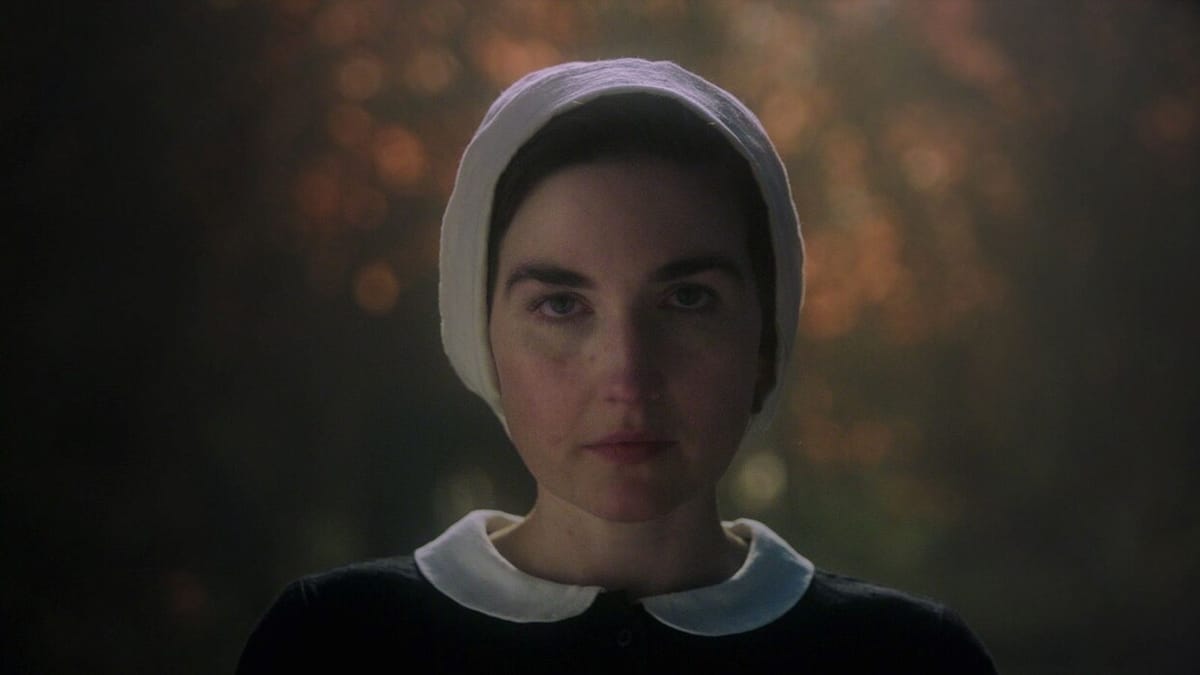
Content warning: the film discussed in this post contains themes of suicide, self-harm, infanticide, and violence towards children.
"Every woman is a witch and every witch needs a coven." (Witches, 2024)
Concocting watery potions of leaves, flower petals, and twigs is an incomprehensible impulse that comes with girlhood. It's a practice we begin long before even knowing what a witch is, before we can grasp the meaning of such an identity. Yet somehow we know that the magic we're creating is powerful and untouchable.
A few years into childhood, I got my hands on a book of spells for teenage witches. It was around the time I first watched the 2005 Disney movie Twitches. Tia Mowry and Tamera Mowry play twin witches who discover their magical origins and must learn to use their craft to save their home kingdom.
Being a child with debilitating shyness at the time, which later turned out to be an anxiety disorder called selective mutism, I found in magic an unvoiced strength that could exist even in solitude. Following the spell book's instructions, I wrapped a small seashell in a torn piece of red fabric, tying it with a strand of my coarse, wiry hair. I whispered a spell into the palm-sized parcel and tucked it into my school blazer pocket for protection.
At no point during my childhood did the belief in magic feel strange or unnatural — only that something about it was forbidden. Eventually, encountering stories like Practical Magic and The Crucible confirmed that suspicion. But, at the same time, representations of witches in media also became a source of empowerment.
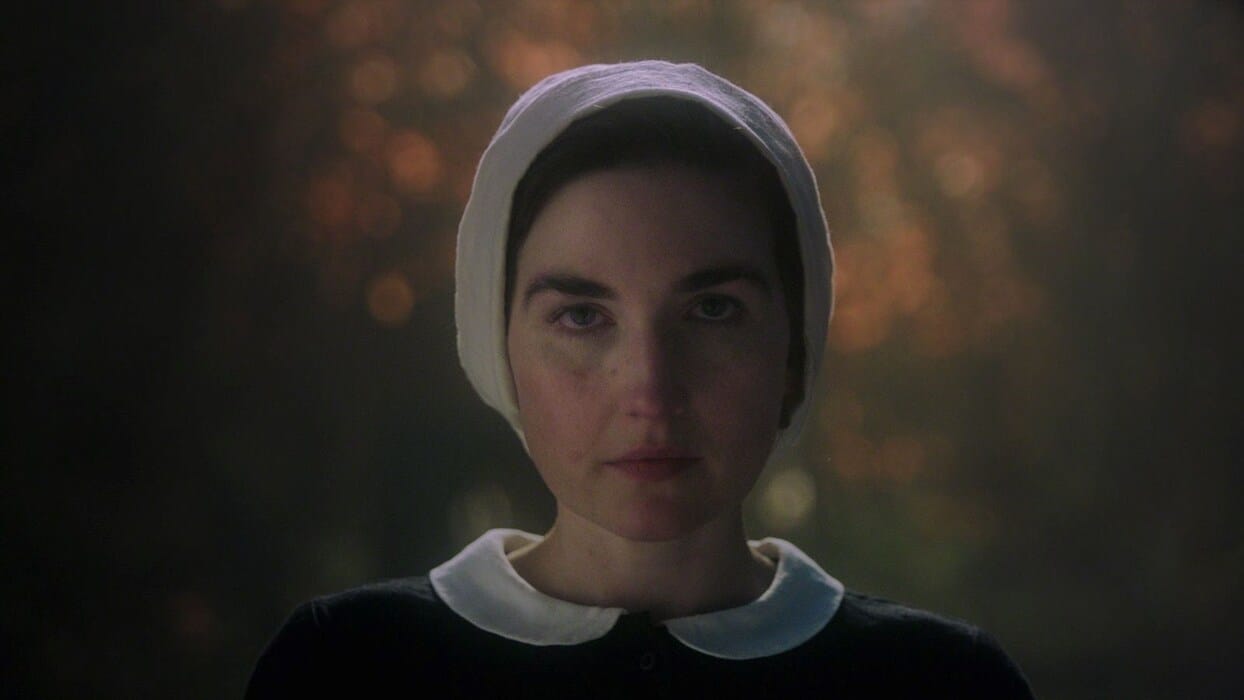
In the 2024 documentary/film essay called Witches, writer-director Elizabeth Sankey shares her story about being institutionalised for postpartum anxiety and depression.
Sankey's testimony is complemented by interviews with other mothers who shed light on the realities of perinatal mental health conditions like depression and psychosis. The film weaves together the women's experiences and the representation of witches on screen. Without explicitly spelling out its argument, Witches draws parallels between modern-day knowledge of mental illnesses and the symptoms that led to accusations of witchcraft throughout history.
Witches takes us through a five-part structure: Fall into Madness, Step into the Circle, Speak Your Evil, Invoke the Spirits, and Embrace the Witch. In this way, the documentary branches into discussions about the displacement of women in healing roles and the relief a woman might find in confessing to witchcraft. Most memorable are reflections on the role of the coven as a space not just to find kinship but also to carry each other through adversity.
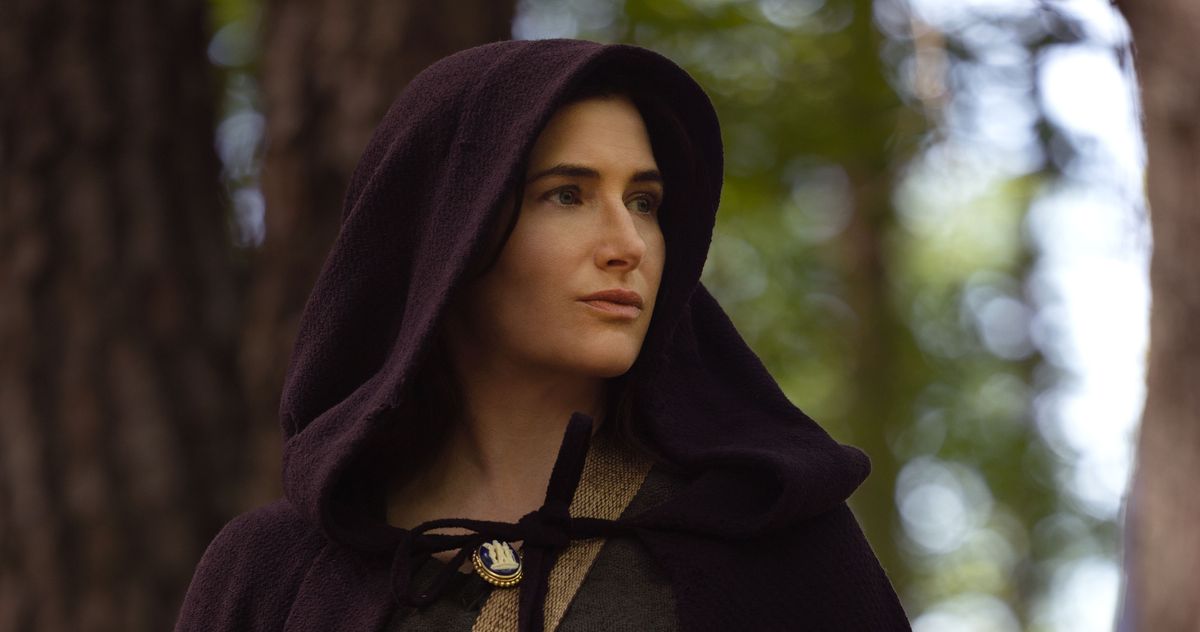
Watching Witches brought to mind the Disney+ show that took the internet by storm towards the end of 2024, Agatha All Along. The sequel to Marvel's WandaVision follows Agatha Harkness, who sets out on a quest to regain her magic alongside an unlikely coven of fellow witches. One of the show's central themes is the value of having a support system no matter how much the characters' alienation has taught them to fend for themselves.
Particularly relevant to the discussions in Witches is the show's focus on Agatha as a mother and maternal figure. Agatha's reputation for being driven by her pursuit of power gives rise to rumours about how she lost her son. As viewers, we're left to wonder whether she really could be that evil. How could a mother ever think of doing that to their child?
The final episode, however, takes us back to Agatha's time as a mother, reframing everything we thought we knew about her and the tradition of witchcraft in the story. This perspective makes Agatha's journey that much more impactful, in light of both the harm she enacted on other witches and the hostility she faced from them in return.
Like other stories about witches, Agatha All Along illustrates how easily society morphs women into figures of wickedness whenever their existence, whether it be their appearance (see: Wicked) or their behaviour, is perceived as a transgression.
"Do not forget those who died, for nothing more than the sin of being a woman." (Witches, 2024)
Reminiscent of the 1922 film essay Häxan: Witchcraft Through the Ages, Sankey contributes to the work of bringing the legacy of witchcraft accusations into the present day.
In Häxan, director Benjamin Christensen concludes that just because some societies' views of women have progressed does not mean the persecution has ended. The torture persists — it's merely the instruments that have changed shape:
“We no longer burn our old and poor. But do they not often suffer bitterly? And the little woman, whom we call hysterical, alone and unhappy, isn’t she still a riddle for us? Nowadays we detain the unhappy in a mental institution or — if she is wealthy — in a modern clinic. And then we console ourselves with the notion that the mildly temperate shower of the clinic has replaced the barbaric methods of medieval times."
Although Elizabeth Sankey's argument in Witches is not necessarily ground-breaking in this regard, it's through its painfully honest testimonies in women's own words that its impact is felt. Witches uncovers how modern-day understandings might open the door to contemporary tools of instilling shame, while still being a film that honours the mystic force of women in communion.
If you’ve found value, joy, or comfort in The Kulturalist, consider clicking the button below to support my work. Your generosity keeps the words flowing. Thank you for being here!


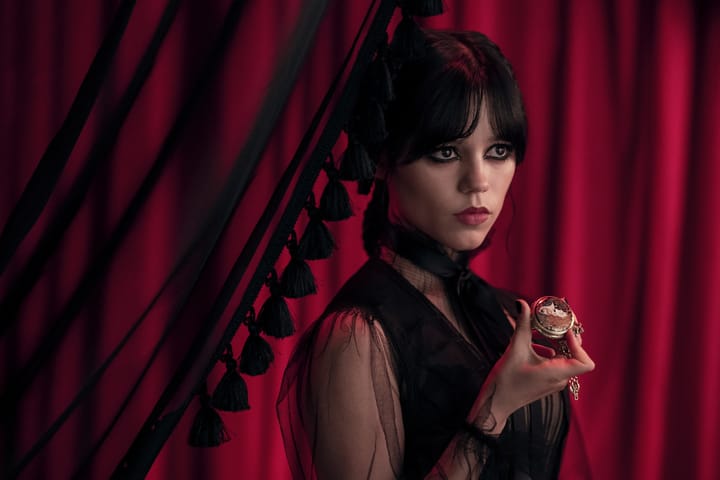
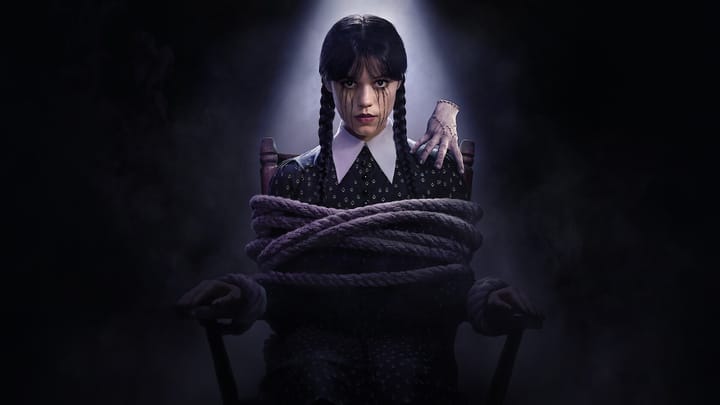
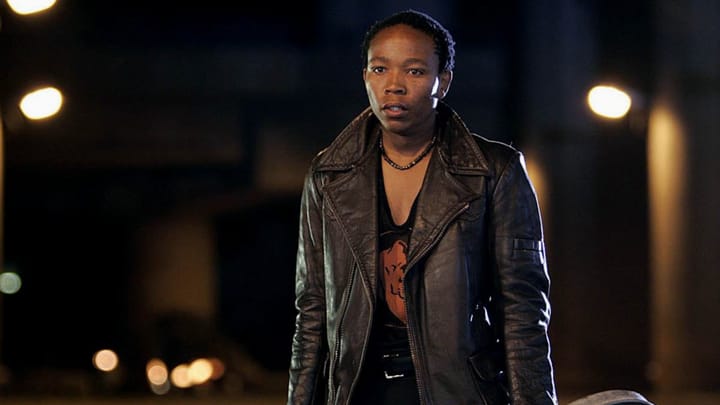
Comments ()